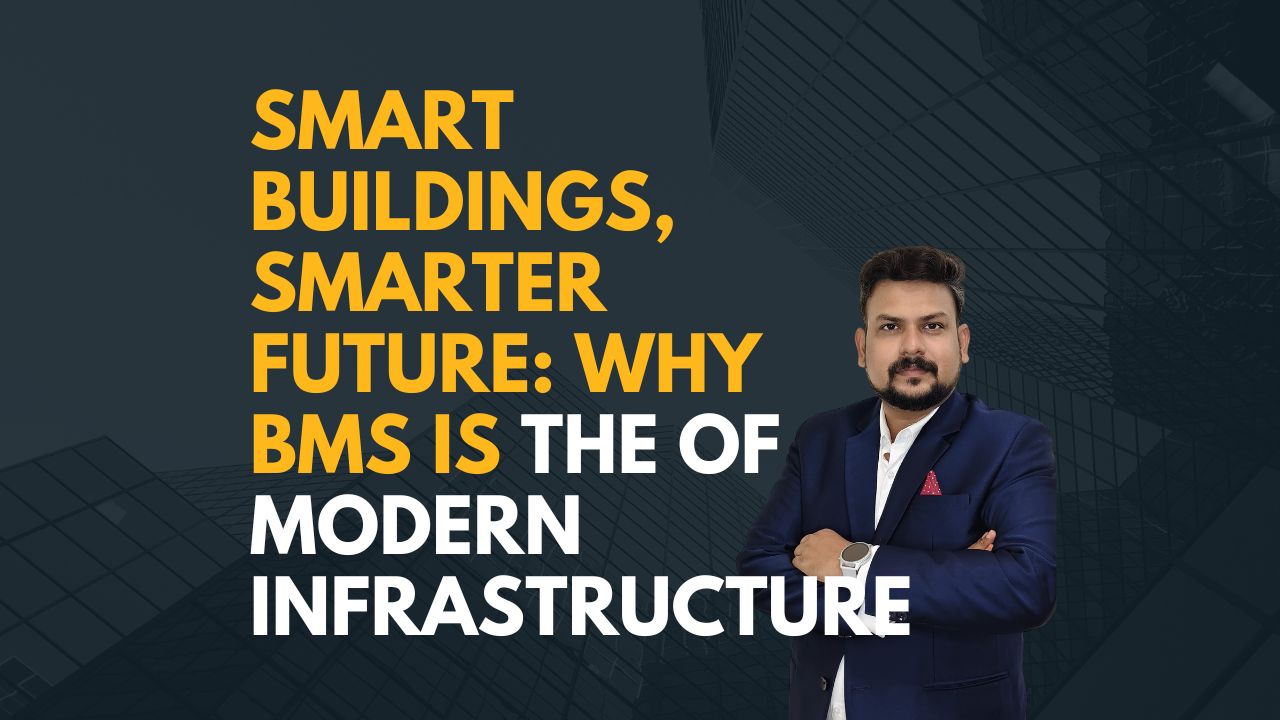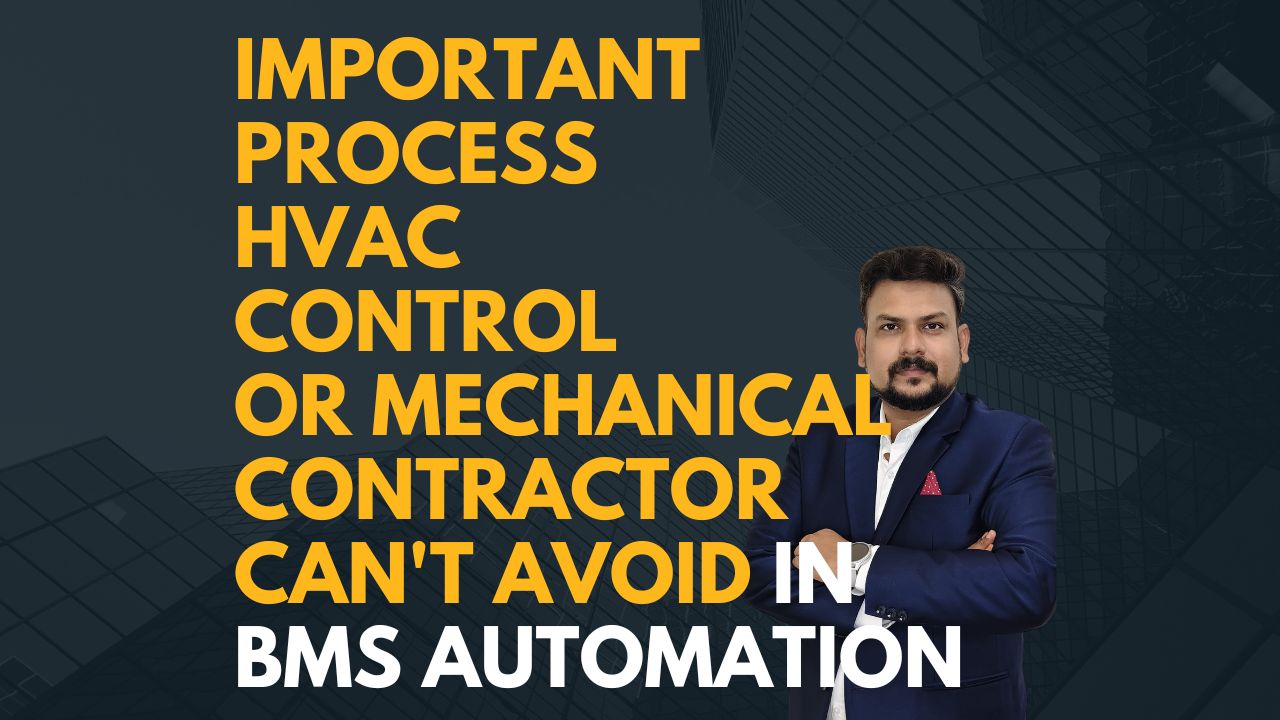
December 19, 2025
.jpg)
December 16, 2025
.jpg)
December 11, 2025
.jpg)
December 8, 2025

December 5, 2025

December 1, 2025
.jpg)
November 27, 2025
.jpg)
November 22, 2025
.jpg)
November 21, 2025
.jpg)
November 21, 2025
.jpg)
November 21, 2025
.jpg)
November 21, 2025
.jpg)
November 21, 2025
.jpg)
November 21, 2025
.jpg)
November 21, 2025
.jpg)
November 21, 2025
.jpg)
November 21, 2025
.jpg)
November 21, 2025
.jpg)
November 21, 2025
.jpg)
November 21, 2025
.jpg)
November 21, 2025
.jpg)
November 21, 2025
.jpg)
November 20, 2025
.jpg)
November 20, 2025
.jpg)
November 20, 2025
.jpg)
November 20, 2025
.jpg)
November 20, 2025
.jpg)
November 20, 2025
.jpg)
November 20, 2025
.jpg)
November 20, 2025
.jpg)
November 20, 2025
.jpg)
November 20, 2025
.jpg)
November 20, 2025
.jpg)
November 20, 2025
.jpg)
November 20, 2025

November 20, 2025

November 19, 2025

November 19, 2025

November 19, 2025

November 19, 2025

November 19, 2025

November 19, 2025

November 19, 2025

November 19, 2025

November 19, 2025

November 19, 2025

November 19, 2025

November 19, 2025

November 19, 2025

November 18, 2025

November 18, 2025

November 18, 2025

November 18, 2025

November 18, 2025

November 18, 2025

November 18, 2025

November 18, 2025

November 18, 2025

November 18, 2025

November 18, 2025

November 18, 2025

November 18, 2025

November 18, 2025

November 17, 2025

November 17, 2025

November 17, 2025
.jpg)
November 17, 2025
.jpg)
November 17, 2025
.jpg)
November 17, 2025
.jpg)
November 17, 2025
.jpg)
November 17, 2025
.jpg)
November 15, 2025
.jpg)
November 15, 2025
.jpg)
November 15, 2025
.jpg)
November 15, 2025
.jpg)
November 15, 2025
.jpg)
November 15, 2025
.jpg)
November 15, 2025
.jpg)
November 15, 2025
.jpg)
November 15, 2025
.jpg)
November 15, 2025
.jpg)
November 15, 2025
.jpg)
November 15, 2025
.jpg)
November 15, 2025
.jpg)
November 15, 2025
.jpg)
November 15, 2025
.jpg)
November 15, 2025
.jpg)
November 15, 2025
.jpg)
November 15, 2025
.jpg)
November 15, 2025
.jpg)
November 15, 2025
.jpg)
November 15, 2025
.jpg)
November 15, 2025
.jpg)
November 15, 2025
.jpg)
November 15, 2025
.jpg)
November 15, 2025
.jpg)
November 14, 2025
.jpg)
November 8, 2025
.jpg)
November 7, 2025
.jpg)
November 6, 2025
.jpg)
November 5, 2025
.jpg)
November 4, 2025
.jpg)
November 3, 2025
.jpg)
November 2, 2025
.jpg)
November 1, 2025
.jpg)
October 31, 2025
.jpg)
October 30, 2025
.jpg)
October 28, 2025
.jpg)
October 28, 2025
.jpg)
October 28, 2025
.jpg)
October 28, 2025
.jpg)
October 28, 2025
.jpg)
October 25, 2025
.jpg)
October 24, 2025
.jpg)
October 23, 2025
.jpg)
October 22, 2025
.jpg)
October 17, 2025
.jpg)
October 16, 2025
.jpg)
October 15, 2025
.jpg)
October 16, 2025
.jpg)
October 13, 2025
.jpg)
October 10, 2025
.jpg)
October 6, 2025
.jpg)
September 29, 2025
.jpg)
September 26, 2025
.jpg)
September 23, 2025
.png)
September 11, 2025
.jpg)
September 3, 2025

September 2, 2025
.jpg)
September 1, 2025
.jpg)
September 1, 2025
.jpg)
September 1, 2025
.png)
September 1, 2025
.png)
September 1, 2025
.png)
September 1, 2025

September 1, 2025
.png)
September 1, 2025
.png)
September 1, 2025
.png)
September 1, 2025
.png)
September 1, 2025

September 1, 2025
.png)
September 1, 2025

September 1, 2025

September 1, 2025

September 1, 2025

September 1, 2025
.png)
September 1, 2025

September 1, 2025

September 1, 2025
.png)
September 1, 2025
.jpg)
September 1, 2025
.jpg)
September 1, 2025
.jpg)
September 1, 2025
.jpg)
September 1, 2025
.jpg)
September 1, 2025

September 1, 2025

September 1, 2025
.jpg)
September 1, 2025

September 1, 2025

September 20, 2024

September 13, 2024

September 5, 2024

August 31, 2024

August 28, 2024

August 26, 2024

August 25, 2024

August 24, 2024

May 14, 2024

May 14, 2024

.jpg)
December 16, 2025
.jpg)
.jpg)

December 5, 2025
.jpg)
November 27, 2025
.jpg)
.jpg)
.jpg)
.jpg)
.jpg)
November 21, 2025
.jpg)
November 21, 2025
.jpg)
November 21, 2025
.jpg)
November 21, 2025
.jpg)
November 21, 2025
.jpg)
November 21, 2025
.jpg)
November 21, 2025
.jpg)
November 21, 2025
.jpg)
November 21, 2025
.jpg)
November 21, 2025
.jpg)
November 20, 2025
.jpg)
November 20, 2025
.jpg)
November 20, 2025
.jpg)
November 20, 2025
.jpg)
November 20, 2025
.jpg)
November 20, 2025
.jpg)
November 20, 2025
.jpg)
November 20, 2025
.jpg)
November 20, 2025
.jpg)
November 20, 2025
.jpg)
November 20, 2025
.jpg)
November 20, 2025

November 20, 2025

November 19, 2025



November 19, 2025

November 19, 2025

November 19, 2025

November 19, 2025

November 18, 2025

November 18, 2025





November 18, 2025

November 18, 2025


November 17, 2025


.jpg)
November 17, 2025
.jpg)
November 17, 2025
.jpg)
November 17, 2025
.jpg)
November 17, 2025
.jpg)
November 17, 2025
.jpg)
November 15, 2025
.jpg)
November 15, 2025
.jpg)
November 15, 2025
.jpg)
November 15, 2025
.jpg)
November 15, 2025
.jpg)
November 15, 2025
.jpg)
November 15, 2025
.jpg)
November 15, 2025
.jpg)
November 15, 2025
.jpg)
November 15, 2025
.jpg)
November 15, 2025
.jpg)
November 15, 2025
.jpg)
November 15, 2025
.jpg)
November 15, 2025
.jpg)
November 15, 2025
.jpg)
November 15, 2025
.jpg)
November 15, 2025
.jpg)
November 15, 2025
.jpg)
November 15, 2025
.jpg)
November 15, 2025
.jpg)
November 15, 2025
.jpg)
November 15, 2025
.jpg)
November 15, 2025
.jpg)
.jpg)
.jpg)
November 8, 2025
.jpg)
November 5, 2025
.jpg)
November 4, 2025
.jpg)
.jpg)
November 2, 2025
.jpg)
November 1, 2025
.jpg)
October 31, 2025
.jpg)
October 30, 2025
.jpg)
October 28, 2025
.jpg)
October 28, 2025
.jpg)
.jpg)
October 28, 2025
.jpg)
October 25, 2025
.jpg)
October 24, 2025
.jpg)
October 23, 2025
.jpg)
.jpg)
October 17, 2025
.jpg)
October 16, 2025
.jpg)
October 15, 2025
.jpg)
October 16, 2025
.jpg)
October 10, 2025
.jpg)
October 6, 2025
.jpg)
September 29, 2025
.jpg)
September 26, 2025
.jpg)
September 23, 2025
.png)
.jpg)
September 3, 2025

September 2, 2025
.jpg)
September 1, 2025
.jpg)
September 1, 2025
.jpg)
September 1, 2025
.png)
.png)
September 1, 2025

September 1, 2025
.png)
September 1, 2025
.png)
.png)
September 1, 2025
.png)
September 1, 2025

September 1, 2025
.png)
September 1, 2025

September 1, 2025

September 1, 2025

September 1, 2025

September 1, 2025
.png)
September 1, 2025

September 1, 2025
.png)
September 1, 2025
.jpg)
September 1, 2025
.jpg)
September 1, 2025
.jpg)
September 1, 2025
.jpg)
September 1, 2025

September 1, 2025
.jpg)

September 1, 2025

September 20, 2024

September 13, 2024

September 5, 2024

August 31, 2024

August 28, 2024



May 14, 2024